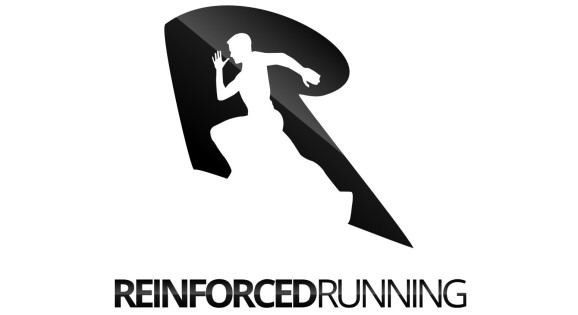How to understand Macros for fueling your OCR performance.
As an athlete and a runner and Obstacle Course Race (OCR) athlete, I thought the training that was everything. Working harder would get me to my goals.
The harder I would work the faster and more jacked I would become.
So, I would grind and grind. More volume, extra weight, crazy workouts. But, I would never adjust my nutrition for my training volume. I would eat what I thought was “healthy,” and then I would train some more.
On race day I would be dead. I figured it was overtraining, but I was under-fueling.
For many, nutrition is the missing piece of performance. OCR athletes want to throw some gels in their pockets, Pedialyte in their Camelbacks and kick butt on race day.
Your race day nutrition is essential. But, you leave performance on the table by not fueling for training.
Nutrition for OCR is tricky because you need to train for strength and endurance.
Traditional models for strength and endurance are as follows:
Endurance athletes burn a lot of calories, so they need to be active in replacing their energy. Most endurance athletes refuel with carbohydrates.
Strength athletes train for growth. Protein helps build and repair muscle and carbohydrates provide energy for workouts. Among other things.
So, what does this mean for the OCR athlete who needs strength and endurance?
Enter “Macros”
Macronutrients or “Macros” are the three (four including alcohol) sources of energy we get from food. They include Carbs, Fats, and Protein. Learning how macros effective you as an athlete is a huge advantage during training.
As an OCR athlete, you have unique fueling needs.
Here is how you can approach your fueling using “Macros.”
Protein for strength to smash obstacles.
Protein rebuilds your muscle and preserves muscle tissue while training for endurance. Endurance training is “catabolic” which means it breaks down. Adequate branch chain amino acids (BCAAs) in protein will reduce the amount of muscle tissue lost in a catabolic state.
Protein will also rebuild your muscles for your pull-up and grip strength gains.
As an OCR athlete, you should eat 2 grams of protein per Kilogram (divide body weight in lbs by 2.2) of body weight per day.
Eat Carbs For The Energy To Jump Over Walls and Run Up Hills
Carbohydrates are crucial during training. Carbs are the fastest source of energy for your body. During an OCR event, you have a blend of slower energy demands and fast and dynamic moves.
- Carbohydrates store in your muscles and liver as glycogen.
- Glycogen will give you a reserve of energy during a long event.
- Carbs convert to energy during an explosive movement. Think tired flips, monkey bars, and atlas stone carry.
Carbs for recovery
Eating carbohydrates during and post exercises will dampen the catabolism. Carbs will release anabolic hormones for quicker recovery.
Refueling with carbs will help you bounce back faster for your next workout. Long efforts will demand glucose to fuel performance. However, there is a finite amount of storage in your body (about 2000 carbs worth). So, you will run dry.
You know the “bonking” feeling during a long run, that’s when you are running low on glucose. Eating carbs post workout will replenishing the glucose levels for your next workout.
Basically, carbs are awesome.
When your workload is high you need to bump up the carbs. Eat 6 – 8 grams per kg of body weight depending on your training volume and day to day activity.
Eat fats, your body needs them.
Fats are our secondary source of energy. The process of fat oxidation (using fat as fuel) is very efficient, but it is slow. Fats take a long time to enter the blood-stream to create energy. So, it may not be ideal for an OCR event which demands explosive movements.
But, fats have an essential role in your diet as an OCR athlete. You will need them to help balance hormones in the body and promote strong cellular health. The workload of an OCR athlete is intense and dietary fats ensure you stay on a healthy path.
Start with eating 1.25-1.5 grams per body weight of fats and see how you respond. On higher training days bump the fats up to 2 grams per KG bodyweight.
Commit to the process
I know that training and nutrition are equal parts important. I have been able to crank up my training and using Macros I can balance my energy and continue to improve.
You can use macros as your secret weapon.
You will not show up on race day regardless of how many gels or how much Pedialyte you plan to drink.
Create a nutrition strategy and test things out during training. Shape your plan based on your performance and body composition goal.
You may not realize how much more you can achieve with the right nutrition strategy.
Free OCR Workouts
Don't miss my free:
- OCR Workouts
- Training Tips and
- Running Guidance

